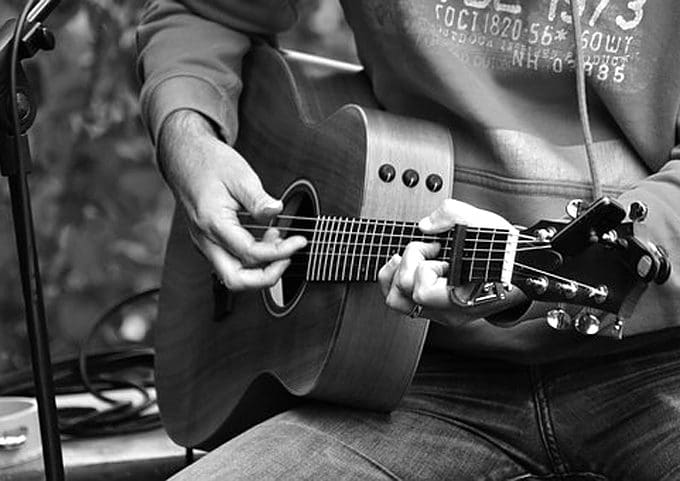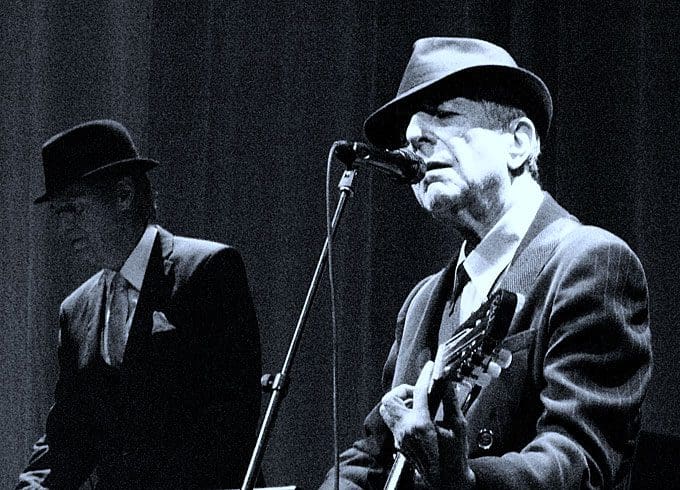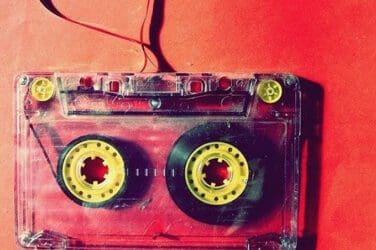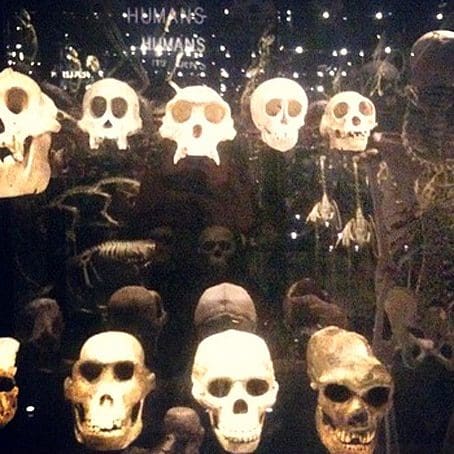words Al Woods
If you are a guitar player, you will eventually need guitar effects pedals. The effect pedals will alter how your electric guitar sounds, and they do this in a specific way that is well-controlled.
When you use effect pedals, your guitar will produce new sounds like an echo, loop, or even fuzz, making it exciting to play your guitar. Effect pedals also perform other purposes like removing unwanted noises from your guitar and altering your guitar’s volume. You can use effect pedals on your electric, acoustic, or even bass guitars.

The effect pedals are often placed on the floor for easy access, and they are organized in a pedalboard that you can custom-make for yourself. To enable or disable the effect pedals, you should step or kick them. When you allow the effect pedals, the signal will be transmitted from the guitar to the pedals and then to the amp to produce the desired effect. This article will take you through some of the effect pedals that every guitarist should have.
1. Distortion Pedal
Most guitarists have a distortion pedal. Distortion pedals are popular among guitarists who play electric guitars, and they have been used in many songs. The distortion pedal alters the sound from the guitars to produce the heavy and aggressive sound of heavy metal and alternative rock music. This pedal adds a crunch to your guitar tones, making the guitar have an instant rock sound. However, the distortion pedal also masks the actual tone of your guitar. Most guitarists place the distortion pedal first on the pedalboard so that it receives the purest signal from your guitar before it passes to other pedals.
2. Overdrive Pedal
The overdrive pedal is another popular effect pedal that most guitarists enjoy because it is versatile. This pedal also produces a crunchy and gritty sound similar to the one made by the distortion effect pedal. However, unlike the distortion effect pedal, the overdrive pedal gives a lot of sustain. Therefore the sound from your guitar and amplifier is retained. Overdrive effect pedals are used for blues and classic rock music. However, you can also use this pedal when playing country, funk, and pop music.
3. Acoustic Pedal
This effect pedal transforms the sound of an electric guitar and sounds like an acoustic guitar. The acoustic simulator guitar pedal makes it easy for you to produce an acoustic sound even when you do not own an acoustic guitar. This can help you when you want to make an acoustic sound, yet you are the only guitarist in a live performance.
4. Fuzz Pedal
The fuzz pedal produces the most extreme effects, and it falls in the group of the “dirt” guitar effects. This effect pedal has a distinct heavy metal sound and discreet buzzing sounds. It is hard to distinguish the original sound of your guitar when using this pedal because it is grungier than the heavy bass. You can enjoy using this pedal if you love listening to very heavy sounds that sound like your amplifier is bursting.
5. Delay Pedal
The delay effect pedal slows the signals that are coming from your guitar. In addition to delaying the signal, this pedal also plays back the signal and helps you control your guitar’s volume and the playbacks or repeated sounds coming from your guitar. This can be your go-to effect pedal when you are creating new experimental sounds or when you want to make your guitar solos smooth.
6. Chorus Pedal
The chorus pedal gives a dramatic twist to your guitar sound. This effect pedal produces a swirling effect that sounds like you are playing a 12 string guitar. It does this by making one when you pluck one guitar string, or chord to sound like other guitars in the background are replicating it. However, the timing of the reproduced sound is a bit delayed from the original one. The chorus guitar is best for producing rhythm sounds.
7. Reverb Pedal
The reverb pedal works like the delay pedal, but it produces a natural sound with an echo effect. The amplifier can make such a sound, but if you want your clean guitar tones to sound more professional, it is advisable to invest in a reverb pedal. This effect pedal is mainly used with other pedals to compliment the different tones and sounds.
8. Phaser Pedal
This effect pedal produces sweeping sounds with peaks and roughs that you can alter as you play your guitar. You can adjust the speed or the rate by which these sounds are produced by turning a knob on the pedal’s surface. You can appreciate the effect of this pedal best when you play a single note or chord repeatedly.
9. Tuner Pedal
Unlike other pedals, the tuner pedal does not produce guitar effects, but it assists in tuning your guitar strings. This is usually a challenging and crucial task that you need when playing your guitar. You can use this pedal when playing guitar in a show because it is hard to tune your guitar at this point.
10. Noise Gate Pedal
This pedal helps to eliminate the buzzing or humming sound that your guitar can produce when you are not playing. The noise gate pedal performs its function by cutting off any sound from the pedals to the amplifier when you are not playing the guitar. This pedal will help you eliminate those bee-like sounds from your amplifier when your guitar is silent.
11. Octave Pedal

Octave refers to the difference between two notes that belong to the same musical pitch class. When you use the octave pedal, you produce a sound that is either one octave higher or lower than your playing tone. The octave pedal helps you make a fuller and thicker sound, and you can also use it to create unique guitar sounds. You can also get a bass sound from this pedal, enabling you to play a two-person music band from your guitar.
In summary, effect pedals alter the sound that your guitar produces. You can use a particular guitar effect pedal to create a sound that you desire. Different effect pedals work better for specific types of music. You can also use effect pedals to remove distracting noise from your guitar or change your guitar’s volume. Effect pedals are mainly on the floor, and you can kick or step on them to enable or disable them. Some examples of effect pedals you should have are distortion, delay, chorus, phaser, reverb, and overdrive pedals.



















